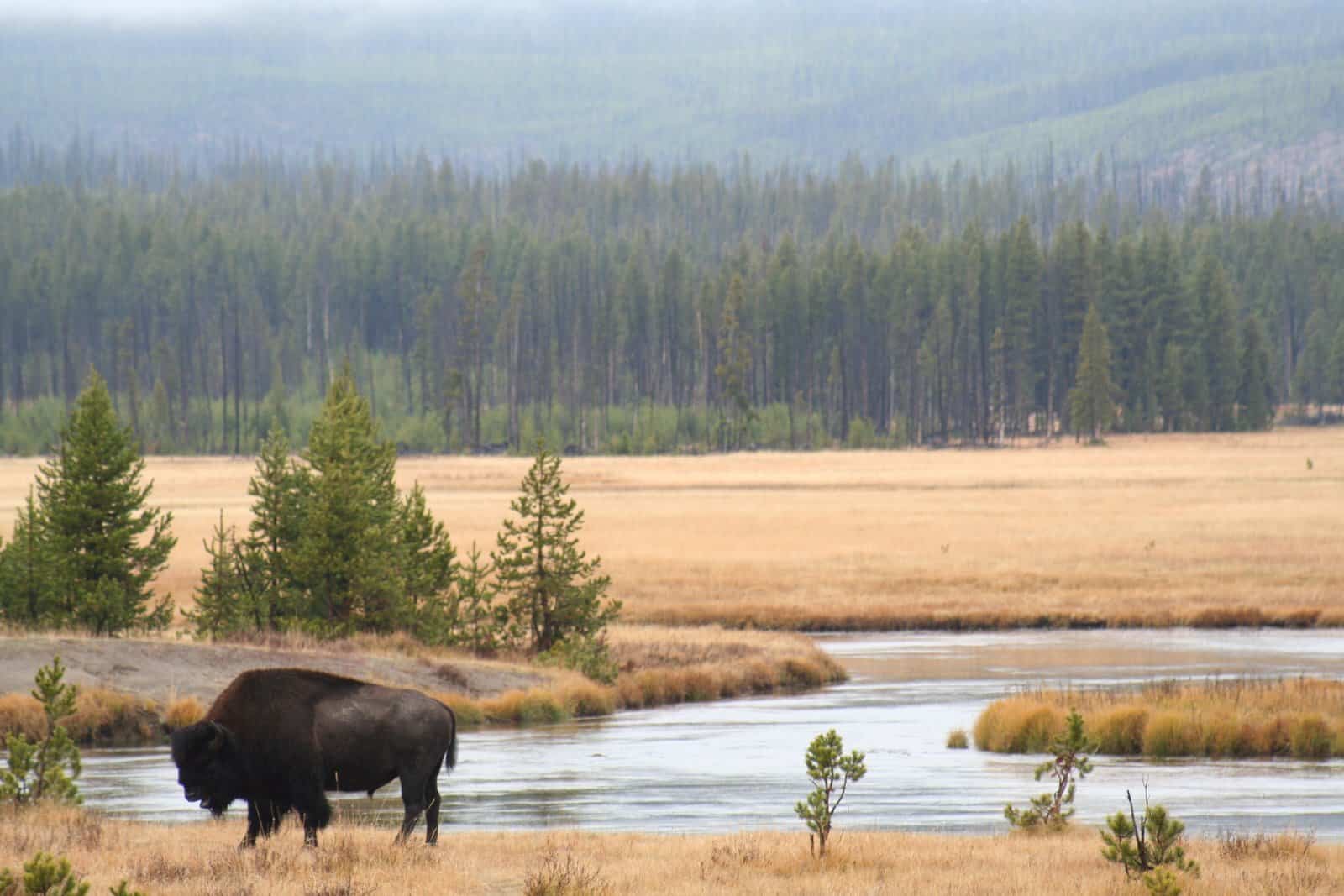Share this article
WSB: What’s the best way to count elk by air?
Elk (Cervus canadensis) aren’t exactly scarce in Arizona, and over the past century, their numbers have continued to grow. Wildlife managers there never had to get an exact count. Herds were doing well. Relative abundance estimates — using factors such as sex and age ratios or hunter success from year to year — offered general guidelines for managers to make harvest recommendations.
“We have healthy elk herds everywhere we have healthy habitat to support them,” said Kirby Bristow, a wildlife specialist with the Arizona Game and Fish Department.
Recently, though, managers have faced an increased demand for more exact abundance estimates. Questions about the impacts of wildfires, the reintroduction of Mexican wolves (Canis lupus baileyii) and the widespread death of aspen forests created a need for estimates to determine what effect they might have on the state’s elk populations.
“We can’t make a statement about how significant the impact is if we don’t know how many elk we have,” Bristow said.
But how do you accurately count elk throughout the state? Mark-recapture surveys — capturing, collaring and releasing elk and capturing them again — may be the most accurate, but they’re time-intensive and expensive.
So lead author Bristow and a team of Arizona Game and Fish researchers embarked on a three-year study, published in theWildlife Society Bulletin, to see how accurate different methods of estimating abundances were. They conducted helicopter surveys each autumn between 2014 and 2016 over three areas in the state that had radio-collared elk.
The team compared three methods. The sightability method combines telemetry observations by airplane with visual observations by helicopter to create a mathematical model to estimate abundance. The double-observer methods relied on multiple observers in a helicopter to create the model, each observer acting independently to determine detection probability. A hybrid method combined elements of both.
Sightability proved the most accurate, because it allowed researchers to make sure they were counting elk even if they couldn’t easily see them. It used an algorithm to adjust future survey results based on factors that could affect the ability of observers to spot the elk. But, the method had small sample sizes and wide confidence intervals. Using double observers was less expensive and resulted in high confidence, but it wasn’t as accurate. Numbers could vary widely based on how many elk were in view, or what type of cover they were under. A hybrid model had the best of both worlds, researchers found. It was accurate and it had a high confidence level — but it was expensive to develop.
But now that the work is done, Bristow said, using the model for future population estimates should be the most cost-effective and accurate approach. To build the model, researchers compared dozens of mathematical models, taking into account factors such as vegetative cover, elk group size and lighting conditions. The algorithm they produced could help account for those factors, adjusting for, say, small groups of elk in dense forest in one survey and large groups in the open in another. Since it was created across a variety of vegetation and terrain types, Bristow said, it could be used throughout the state.
“We could apply our model across elk ranges in Arizona,” he said.
TWS members can log in to read this paper in the Journal of Wildlife Management.
Header Image: An elk in Arizona is spotted from above. A research team compared different methods of counting elk in Arizona. ©Michelle Crabb








